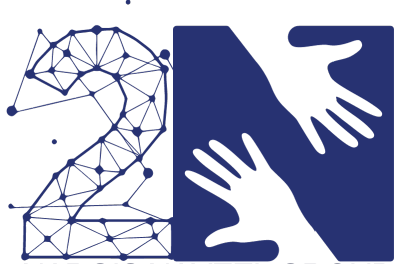We shed light on the ever-changing world of digital threats and explore the latest advancements in cybersecurity measures. In this article, we will delve into the current state of cybersecurity, highlight emerging threats, and discuss proactive strategies organizations are adopting to protect their digital assets and sensitive information.
Emerging Threats and Challenges
Cybersecurity threats continue to evolve at an alarming pace, necessitating constant vigilance and innovative defenses. One of the growing concerns is the rise of sophisticated phishing attacks. Cybercriminals are developing increasingly convincing techniques to deceive individuals and gain unauthorized access to sensitive data. Organizations must focus on employee education, robust email filtering, and multi-factor authentication to combat this threat effectively.
Another major concern is ransomware attacks. These malicious campaigns encrypt an organization’s data and demand a ransom in exchange for its release. Cybercriminals are becoming more organized and targeting high-value targets, including healthcare institutions and government agencies. Regular data backups, up-to-date security software, and employee awareness campaigns are critical for defending against ransomware attacks.
Proactive Strategies and Technologies
To combat the evolving threat landscape, organizations are investing in advanced cybersecurity technologies and adopting proactive strategies. Artificial intelligence and machine learning play a key role in threat detection and response. These technologies can analyze enormous amounts of data in real-time, identify patterns, and recognize anomalies, empowering organizations to detect and respond to threats more efficiently.
Zero-trust architecture is gaining popularity as a security model, providing granular access control and verifying every user and device attempting to connect to a network. By implementing strong authentication protocols, micro-segmentation, and continuous monitoring, organizations can minimize the risk of unauthorized access and limit the spread of potential breaches.
Furthermore, the importance of robust employee training and awareness programs cannot be stressed enough. Human error and negligence remain significant vulnerabilities. By educating employees on best cybersecurity practices, organizations can empower their workforce to recognize and mitigate potential threats, such as phishing attempts and social engineering attacks.
Cybersecurity is an ongoing battle against evolving threats. Organizations must remain vigilant, adapt to new attack vectors, and adopt proactive defense strategies. Technologies like AI, zero-trust architecture, and employee training programs serve as powerful tools to defend against emerging threats. By investing in robust cybersecurity measures, organizations can protect their digital assets, safeguard sensitive information, and ensure business continuity in an increasingly digital world.







